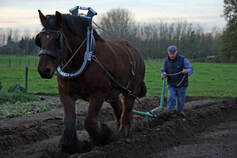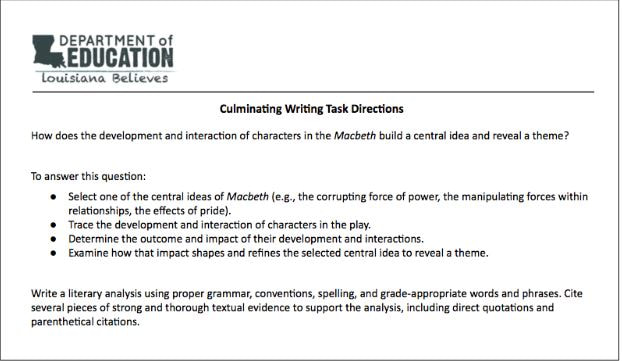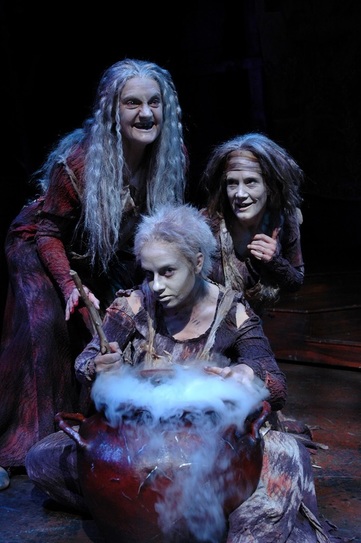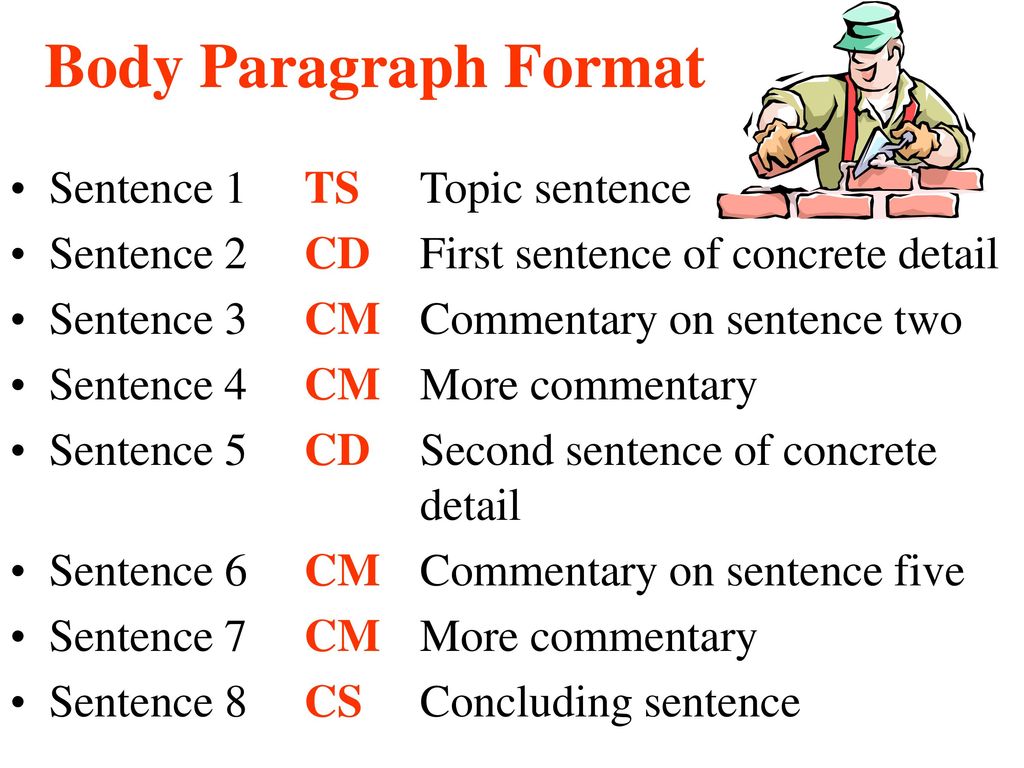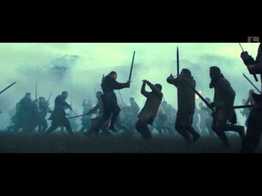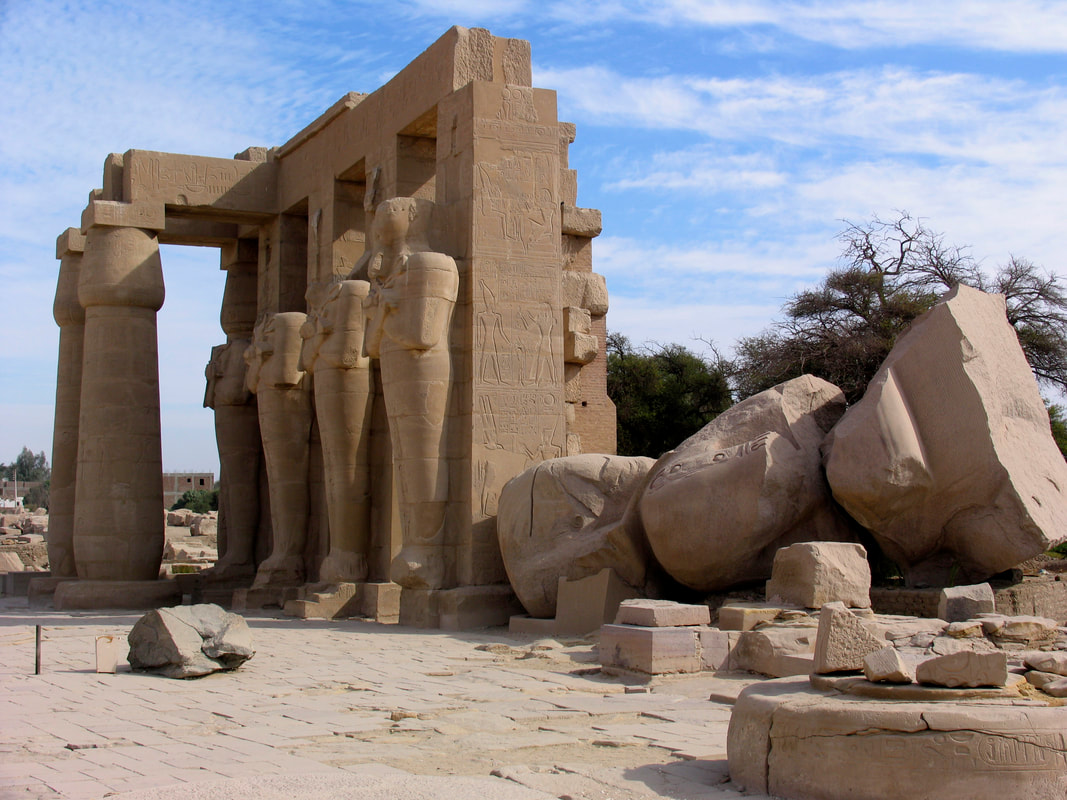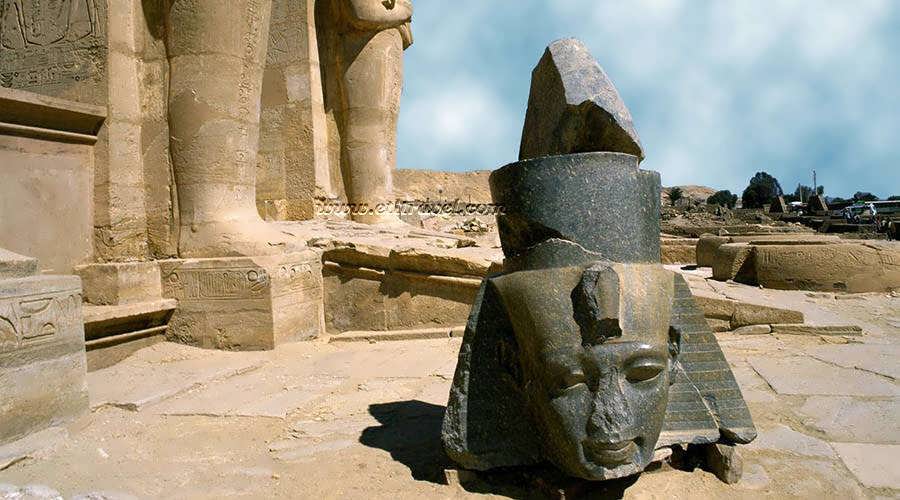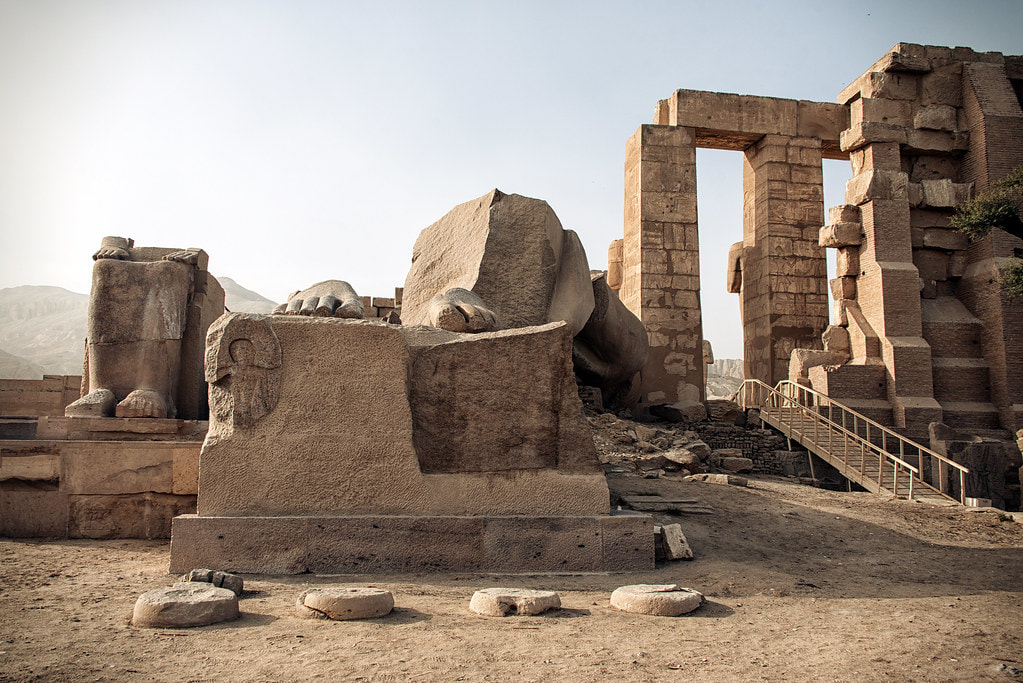Act 1 Macbeth
 Cawdor Castle
Cawdor Castle
Act 1 Macbeth Study Guide Questions
Act 1, Scene 1
1. What tone do the three witches set at the beginning of the play?
Act 1, Scene 2
2. What is your initial opinion of Macbeth?
3. What do you think of Duncan's decision to execute Cawdor and give his title to Macbeth?
Act 1, Scene 3
4. How does Shakespeare want the audience to view the witches?
5. How do Banquo and Macbeth react to the witches' prophecies?
Act 1, Scene 4
6. What is the purpose of telling us that the former Thane of Cawdor admitted his treachery and died nobly?
7. How would you describe Macbeth's attitude at the end of this scene?
Act 1, Scene 5
8. What does Lady Macbeth mean when she says, "Come, you spirits/That tend on mortal thoughts, unsex me here,/ And fill me from the crown to the toe, top-full/ Of direst cruelty!"?
Act 1, Scene 6
9. What is Lady Macbeth thinking and feeling as she leads Duncan into the castle?
Act 1, Scene 7
10. How do Macbeth and Lady Macbeth each react to the proposed murder plot?
Reading Shakespeare: The Inversion Technique
Macbeth and the Chain of Being
L.9-10.4.a, L.9-10.4.c, L.9-10.4.d, RL.9-10.1, RL.9-10.10a, RL.9-10.3, RL.9-10.4, RL.9-10.9, SL.9-10.1, W.9-10.10, W.9-10.4, W.9-10.9.a
Objectives: Students are introduced to the unit goals and assessments.
They read and analyze the meaning of words found in “The Story of Daedalus and Icarus” from Metamorphoses by Ovid.
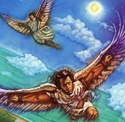
Objective: Students re-read and summarize “The Story of Daedalus and Icarus” from Metamorphoses by Ovid.
RL.9-10.1 RL.9-10.10a RL.9-10.2 RL.9-10.3 RL.9-10.9 SL.9-10.1 W.9-10.10 W.9-10.4 W.9-10.9.a
Direction: File/Make a Copy, add your header information, and complete from your Google Drive.
Objective: Analyze the key details to determine the central idea of "Landscape with the Fall of Icarus" by Peter Brueghel.
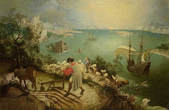
" Landscape With the Fall of Icarus" by Pieter Bruegel the Elder Click on the painting to show the enlarged version.
RL.9-10.1 RL.9-10.10a RL.9-10.2 RL.9-10.3 RL.9-10.7 RL.9-10.9 SL.9-10.1 W.9-10.10 W.9-10.4W.9-10.9.a
Objective: Students will read and analyze the diction and syntactical choices in “Landscape with the Fall of Icarus” by William Carlos Williams, analyzing the impact of William Carlos Williams'choice of words on the meaning and tone of "Landscape with the Fall of Icarus" (poem). Students will also examine how the author structures his writing with phrases to convey meaning and add interest.
L.9-10.1.b L.9-10.4.a L.9-10.4.c L.9-10.4.d RL.9-10.1 RL.9-10.10a RL.9-10.2 RL.9-10.3 RL.9-10.4RL.9-10.5 RL.9-10.7 RL.9-10.9 SL.9-10.1 W.9-10.10 W.9-10.4 W.9-10.9.a
Objective: Analyze the development of the central idea of "Musee des Beaux Arts" by W.H.Auden, and analyze how the author's choice in structuring the text impacts its meaning.
L.9-10.1.b L.9-10.5.a L.9-10.5.b RL.9-10.1 RL.9-10.10a RL.9-10.2 RL.9-10.4 RL.9-10.5 RL.9-10.9W.9-10.10 W.9-10.3 W.9-10.4 W.9-10.9.a
Note: Once you open the links,you may have to scroll down to the content on the next two resources below to view the document contents. It appears that the title pages are blank on these, but they're not. Keep going down the page.
Objective: Use collaborative discussion to analyze the interpretation of a scene in different artistic mediums and analyze how authors draw on source material to transform texts.
Go to Card #4 in the LZ Lesson PPT for your Writing Prompt.
Objective: Write an explanatory text that analyzes the treatment of a key scene in different artistic mediums.
- Standards L.9-10.1.b L.9-10.2.a L.9-10.2.b L.9-10.2.c L.9-10.3 RL.9-10.1 RL.9-10.10aRL.9-10.3 RL.9-10.7 RL.9-10.9 W.9-10.10 W.9-10.2.a W.9-10.2.b W.9-10.2.c W.9-10.2.dW.9-10.2.e W.9-10.2.f W.9-10.5 W.9-10.9.a
For Paragraphs 2-4, use your Text Comparison Chart (LZ Lesson 6) that we built from LZ Lessons 2-5 and your Notes from Lesson 6 to give you the source material and notes for filling in the details.
Objective: Read and summarize an excerpt from Poetics by Aristotle and analyze key details to determine the central idea of the text.
- Standards RI.9-10.1, RI.9-10.10a, RI.9-10.2, RI.9-10.3, RI.9-10.4, RI.9-10.5, SL.9-10.1, W.9-10.1, W.9-10.10, W.9-10.4, W.9-10.9.a, W.9-10.9.b
Objective: Use key details to determine the central idea of an excerpt from Oedipus Rex by Sophocles, and analyze the development of a complex character in the text.
Objectives: Build fluency by working with excerpts from Sonnet 18 by William Shakespeare, analyze the use of punctuation, rhythm, and phrasing to propel meaning and tone.
Standards:
- RL.9-10.1 Cite strong and thorough textual evidence to support analysis of what the text says explicitly as well as inferences drawn from the text.
- RL.9-10.2 Determine a theme or central idea of a text and analyze in detail its development over the course of the text, including how it emerges and is shaped and refined by specific details; provide an objective summary of the text.
- RL.9-10.10 By the end of grade 9, read and comprehend literature, including stories, dramas, and poems, in the grades 9-10 text complexity band proficiently, with scaffolding as needed at the high end of the range. By the end of grade 10, read and comprehend literature, including stories, dramas, and poems, at the high end of the grades 9-10 text complexity band independently and proficiently.
- RL.9-10.5 Analyze how an author’s choices concerning how to structure a text, order events within it (e.g., parallel plots), and manipulate time (e.g., pacing, flashbacks) create such effects as mystery, tension, or surprise.
Objectives: In this lesson, students independently read and summarize the informational text “Reading Shakespeare’s Language” by Barbara Mowat and Paul Werstine. They collaborate to generate a list of reading tips that are displayed throughout the unit.
Reading Shakespeare’s Language” Reading Tips
Directions: Create a list of reading tips based on what you read in the essay “Reading Shakespeare’s Language.” You will
return to this list throughout the unit.
Objective: Students read and summarize the first two scenes of Act I of The Tragedy of Macbeth by William Shakespeare.
Objective: Read and summarize scenes 3 and 4 of Act 1 in Macbeth by William Shakespeare, and analyze the development of a complex character in the text.
Objective: Read and summarize scenes 5-7 of Act 1 in Macbeth, and analyze the development of a complex character in the text.
BY AUTHOR JENNIFER CHASE- International Award-Winning Author & Criminologist
Objective: Collaborate to discuss how the development of complex characters reveals potential themes in Act 1 of Macbeth.
Objective: Analyze the interpretation of key scenes from Act 1 of Macbeth in different artistic mediums.
Macbeth Act 2 Learnzillion Lessons
Objective: Summarize scenes 1-4 of Act 2 of Macbeth by William Shakespeare, Analyze the connotative impact of an author's word choices on the meaning of a text.
Objective: Analyze the impact of specific words and phrases on the meaning and tone of Act 2 of Macbeth; practice finding patterns in an author's words to determine connotation.
Objective: Analyze the interpretation of a key scene of Act 2 of Macbeth by William Shakespeare in different artistic mediums.
Objective: Analyze the interpretation of a key scene of Act 2 of Macbeth by William Shakespeare in different artistic mediums.
Objective: Write an expository response analyzing the interpretation of a key scene in Act 2 of Macbeth by William Shakespeare in different mediums.
Objective: Collaborate with a partner to strengthen and improve your written response, Use parallel structure in your written response.
Macbeth Act 2 Study Guide Questions:
1. What "sign convinces Macbeth that he must go through with killing the king?
2. Why didn't Lady Macbeth just kill the king herself?
3. What does Macbeth accidentally take with him after murdering the king?
4. Complete Macbeth's quotation: "I thought I heard a voice crying, 'Macbeth has murdered _____!"
5. Name the speaker: "My hands are the same color as yours--but I'd be ashamed to have a heart as white as yours!"
6. Who else does Macbeth kill that same night?
7. Which of the following did NOT happen on the night Duncan was killed?
A. Earthquakes shook the land
B. A servant woman killed herself.
C. Violent storms broke out.
D. Horses ate each other.
8. Name the speaker: "If I had died an hour before this, I'd have lived a blessed life."
9. Who vows to find the murderer and punish him/her?
10. Which characters run away shortly after Duncan's death?
11. True or False? The purpose of the scene with the porter is to relieve tension after a suspenseful and violent scene.
12. A(n) _____________ is a speech given by an actor alone on the stage to express the private inner thoughts of that character.
13. "Regicide" is the murder of a __________________.





